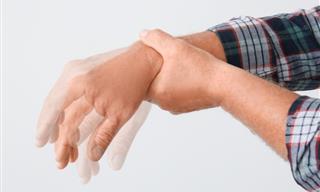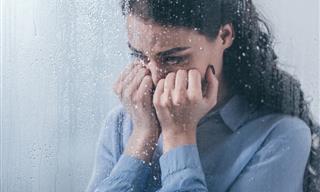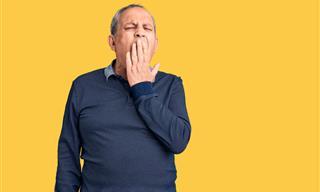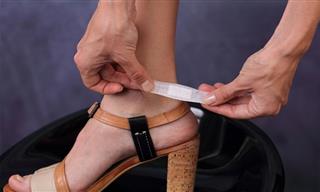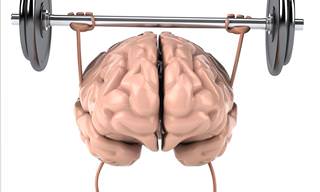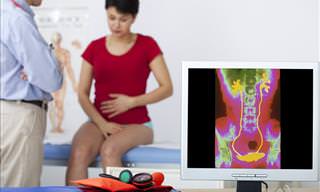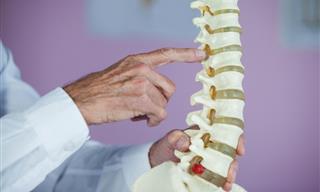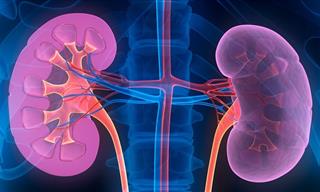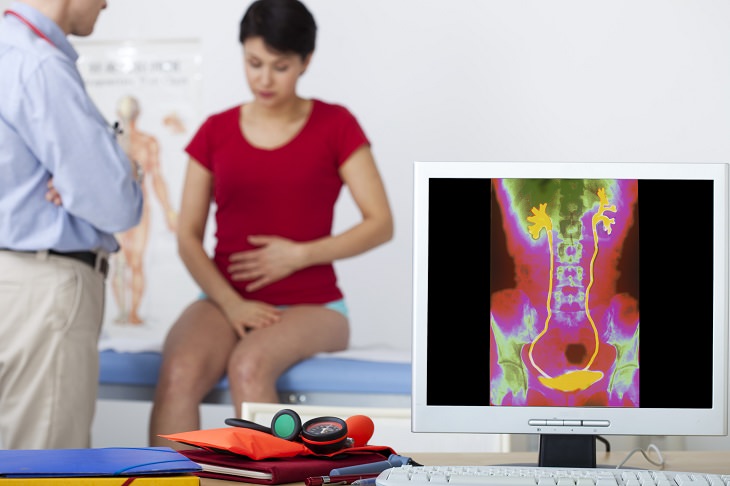
Urge incontinence, also known as overactive bladder, can also be caused by pelvic floor problems, but may also be related to a weakened or overactive nervous system and the aging of the bladder, both of which can make the bladder feel incapable of holding much urine. Around 36% of incontinent women have both kinds.
Stress incontinence might occur during moments of physical strain, such as coughing or a deep belly laugh. With urge incontinence, you might leak urine as you feel the need to go suddenly and often, even when your bladder isn’t full.
Below are some natural remedies and other solutions for better bladder control.
Kegel Exercises
How it works: Women with stress incontinence who consistently do pelvic-floor exercises experience a 70% improvement in symptoms, and experts state that building these muscles may also help with urge incontinence. This is why Kegels are a mainstay of incontinence therapy. Jill Maura Rabin, MD, head of urogynecology at Long Island Jewish Medical Center, states that, “Kegels work because over time they thicken the muscles that hold your urethra and other organs in place.” She suggests that beginners should contract their pelvic-floor muscles for 5 seconds, and then relax them for 5 seconds, repeating this 5, 10, 20 times per day.
Reprogram Your Bladder
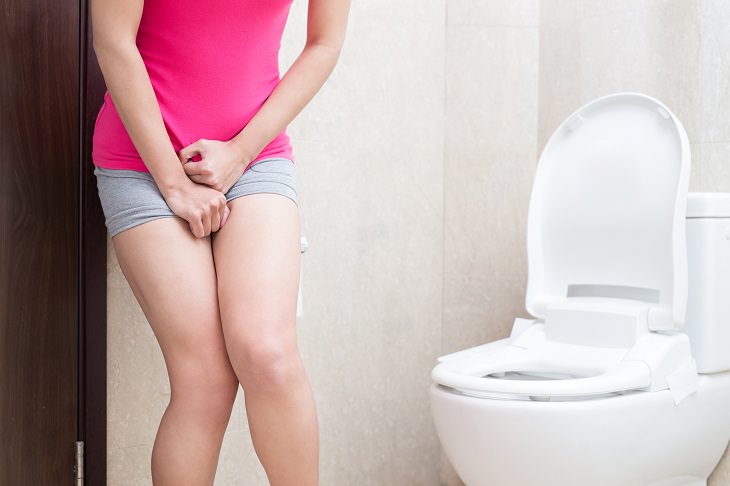
How it works: If you suffer from urge incontinence, bladder training may help you. With this form of behavioral therapy, you make yourself wait when you feel the need to urinate, gradually increasing the intervals between bathroom trips.
Yoga for Your Pelvis
How it works: Mula Bandha, a posture considered vital to any yoga practice, involves tightening the muscles that control the urethral sphincter, producing an effect that is similar to that of Kegel exercises. Other postures such as the Crow, Fish, and Pike, focus on increasing pelvic strength, which makes it easier to hold urine.
Prescription Medication
How it works: The drugs available are approved to treat only urge incontinence, which they achieve by helping the bladder relax, letting it hold more urine for longer intervals. These drugs include Detrol, Ditropan, and Enablex, and are available as capsules, pills, or gels. They help the majority of women, but they may need to be taken indefinitely and they can cause mild side effects, such as constipation and dry mouth.
Vaginal Pessary
How it works: this is a silicone device that you place in your vagina, where it pushes up on the vaginal wall and urethra to help support the bladder and uterus. If you have stress incontinence, a doctor or nurse can fit one for you; you’ll need regular check-ups to ensure it isn’t irritating your vagina.
Electrical Stimulation
How it works: Gentle volts of electricity, delivered through a vaginal probe by a medical professional, may activate and strengthen pelvic-floor muscles. Another method, used only for urge incontinence, involves implanting a device under the skin of the upper buttock to stimulate the sacral nerve, which connects to the bladder and pelvic-floor muscles.
Surgery

How it works: For stress incontinence, surgery offers a high cure rate. Doctors insert a short sling that remains permanently in the body to help close the urethra. Generally speaking, surgery isn’t recommended until no other options have worked.
Drink Less
How it works: According to Benjamin Brucker, MD, assistant professor in the urology department at NYU Langone Medical Center, “If you have a weak bladder and drink 8 glasses of water each day, reducing this to 4-6 glasses may help decrease how often you feel the need to urinate.”
Check Your Medicine Cabinet
How it works: Common drugs such as antihistamines, tricyclics, and blood pressure medications, can interfere with muscle contraction in the bladder and urethral sphincter, thus making incontinence worse.
Lose Weight
How it works: Having extra pounds on your body can strain your pelvic-floor muscles, and losing just a tiny bit of weight can improve your symptoms. In one study, 75% of women who lost 5-10% of their weight experienced a significant decrease in urine leakage.
Source: prevention
Images: depositphotos
 Go to BabaMail
Go to BabaMail











